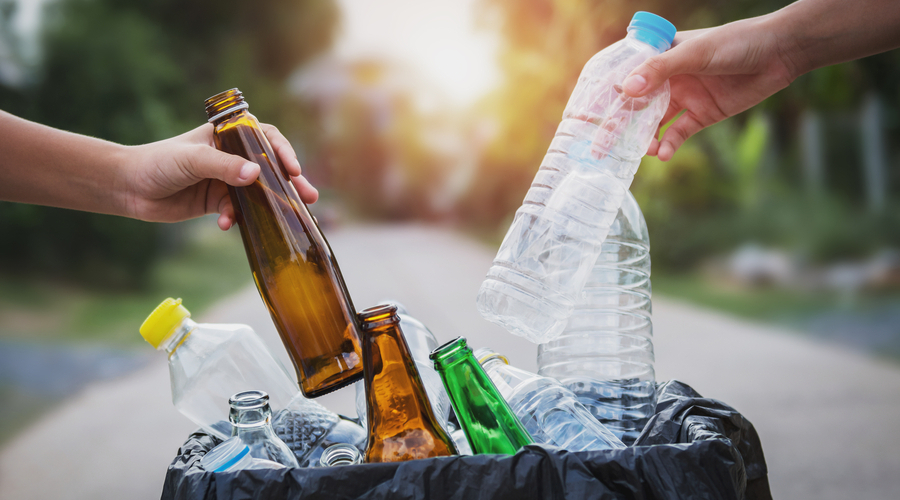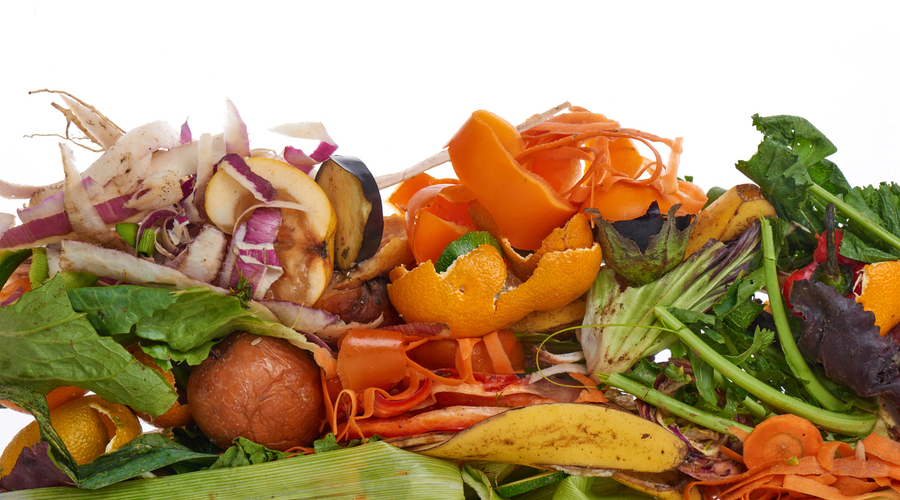Staying Safe While Removing Rubbish
A How-To Guide to Rubbish Removal
Clearing out rubbish around the home or office can be a real pain. But it doesn’t have to be dangerous.
By taking a few sensible precautions, you can avoid those nasty cuts, trips, strains, and other ugly accidents that can happen when taking out the trash.
So get comfortable, and let our friendly rubbish removal professionals will walk you through the key safety tips I’ve picked up over the years.
With some handy gear, safe know-how, and a methodical approach, you’ll be cleaning up clutter in no time.
Suit Up with the Right Rubbish Removal Gear
Now, you may think goggles and gloves sound like overkill for throwing out some trash. But from personal experience, I can’t recommend protective tools highly enough. Here’s what to wear:
- Sturdy gloves for gripping stuff and avoiding splinters, cuts, or abrasions
- Safety goggles to stop dust, dirt, and even sharp projectiles from striking your eyes
- A respirator or dust mask if cleaning areas with mould, chemicals, or other respiratory hazards
- Steel-capped boots to prevent foot injuries from dropped things
- Long pants and sleeves to cover your limbs from scrapes
- A high visibility vest when working near roads or traffic
You’ll be amazed at how such simple gear can prevent so many close calls and minor accidents when hauling junk and rubbish. Not to mention serious injury from more dangerous stuff like broken glass or twisted alloy.
Master the Art of Safe Moving
Alright, time for a quick safety refresher carrying, and moving heavy, bulky stuff. Because throwing out your back along with the trash is no fun at all.
Follow these top tips to avoid pulled muscles, torn ligaments, or slipped discs:
- Test any construction debris by pushing it first to gauge the weight
- Call in help from a friend if it’s REALLY massive – don’t be a hero
- Stand close to the collection with a solid balanced stance
- Bend your knees and lift with your legs, keeping your back straight
- Avoid twisting your body – use your feet to pivot instead
- Hug the things tight to your center of gravity when carrying
- Break down big collections into smaller, lighter pieces if you can
- Use trolleys, wheelbarrows, ramps, or other helpers for moving heavy things
Keep Your Eyes Peeled for Hazards
Now it’s time to discuss a very important topic – potential hazards. When removing rubbish, you may encounter a few nasty surprises like:
- Broken glass, scrap metal, and other sharp stuff
- Heavy, unstable things that could easily topple over
- Electronic waste like leaky chemicals, car batteries, fuel, or mystery liquids
- Sneaky asbestos fibers in older insulation
- Used syringes, medical waste, and other biohazards
- Green waste, garden waste, and organic waste containing bacteria
I don’t want to alarm you, but I do want you to be alert. If you spot anything that looks questionable, hazardous, or downright dangerous. Do NOT touch or attempt to handle it yourself.
Some rubbish is best left to the experts. Contact your local council about professional service procedures for risky heavy material. Safety first.
Work Methodically and Carefully
Alright, time to get down to business. When removing rubbish, having an organized, careful approach is crucial. Here are some tips:
- Read labels carefully to identify flammable, toxic, or corrosive materials
- Sort rubbish into clear categories – trash, recycling, hazards, etc. Proper segregation makes disposal much safer.
- Bag, box or contain rubbish to minimise loose stuff falling and creating clutter.
- Work systematically room-by-room to avoid chaotic jumbling.
- Clear any trip hazards like tools, cables, or boxes from the working area.
- Take regular breaks to avoid fatigue because rubbish removal is tiring work.
- Handle all types of waste removal during daylight hours only for the best visibility.
By taking it slow and steady, you’ll get the job done right and lower the risks of an accident in the process.
Dispose of Rubbish in the Safe Step
You’ve done the hard work, now finish the job by disposing of the rubbish safely:
- Recycle any paper, plastic, glass, or metals you can.
- Compost organic waste like yard clippings.
- Use strong waste bin bags tied securely to contain loose waste.
- Label and double-bag any hazardous materials identified.
- Contact the council about asbestos and chemical waste disposal procedures.
- Wear gloves when handling bins and bags to avoid germs.
- Clean up any mess caused when loading bins or hauling to the tip.
Following proper disposal methods reduces risks significantly. Well done, you’re almost at the finish line.
Minimise Rubbish at The Source
They say prevention is the best medicine. Stop rubbish piling up in the first place by:
- Regularly decluttering unnecessary items.
- Having proper bins and recycling centre arrangements.
- Composting organic waste like food scraps.
- Donating or selling unused goods rather than dumping.
- Scheduling hard waste collection for large unwanted items.
By keeping on top of a wide range of wastes, you minimise risks, storage issues, and the tedious task of removal.
Call the Professionals for Big Jobs
For large-scale cleanouts or extensive rubbish removal, don’t go it alone – get professional help. Experienced junk haulers can:
- Safely access awkward areas like roofs, attics, and confined spaces.
- Handle proper lifting technique of bulky stuff like old furniture or appliances.
- Properly identify and dispose of hazardous waste.
- Use suitable rubbish collection vehicles, dangerous waste management companies, and protective gear.
With the right training, equipment, and waste disposal know-how, junk removal pros help make the process safer and legal. Professional rubbish removal service providers and recycling facilities are lifesavers for hoarder-level clutter environment.
FAQs
What are some key pieces of protective equipment?
Sturdy gloves, goggles, steel-capped boots, respirators, and high-viz vests are essential for safe rubbish removal. They prevent injuries from sharp, heavy, or hazardous materials.
What are good carrying techniques?
Test weight before carrying, get help moving heavy load, lift with legs not back, avoid twisting, carry a heavy stuff close to the body, and break it into smaller pieces. Use trolleys when possible.
How should I dispose of rubbish safely?
Recycle eligible items, compost organics, use secure bins and bags, label hazards clearly, contact authorities for asbestos or chemicals, wear gloves, and immediately clean any spills.
When should I hire professionals?
For large-scale clutter and waste removal involving attics/roofs, heavy lifting, bulky objects, hoarding, or potential hazards, professional junk haulers can help manage it safely.
Parting Thoughts
At the end of the day, staying safe should be the top priority when taking out the rubbish.
No cluttered room or overflowing bin is worth risking your health and wellbeing over.
By equipping yourself with the right knowledge and gear for the job, you can avoid many pitfalls.
Work carefully, listen to any warning signs from your body, and don’t hesitate to call in help when you need it.
I hope these tips give you the confidence to tackle tidying and removal jobs safely.
Remember, a small amount of planning and protection goes a long way.
Here’s to clutter-free, hazard-free homes and workplaces.



